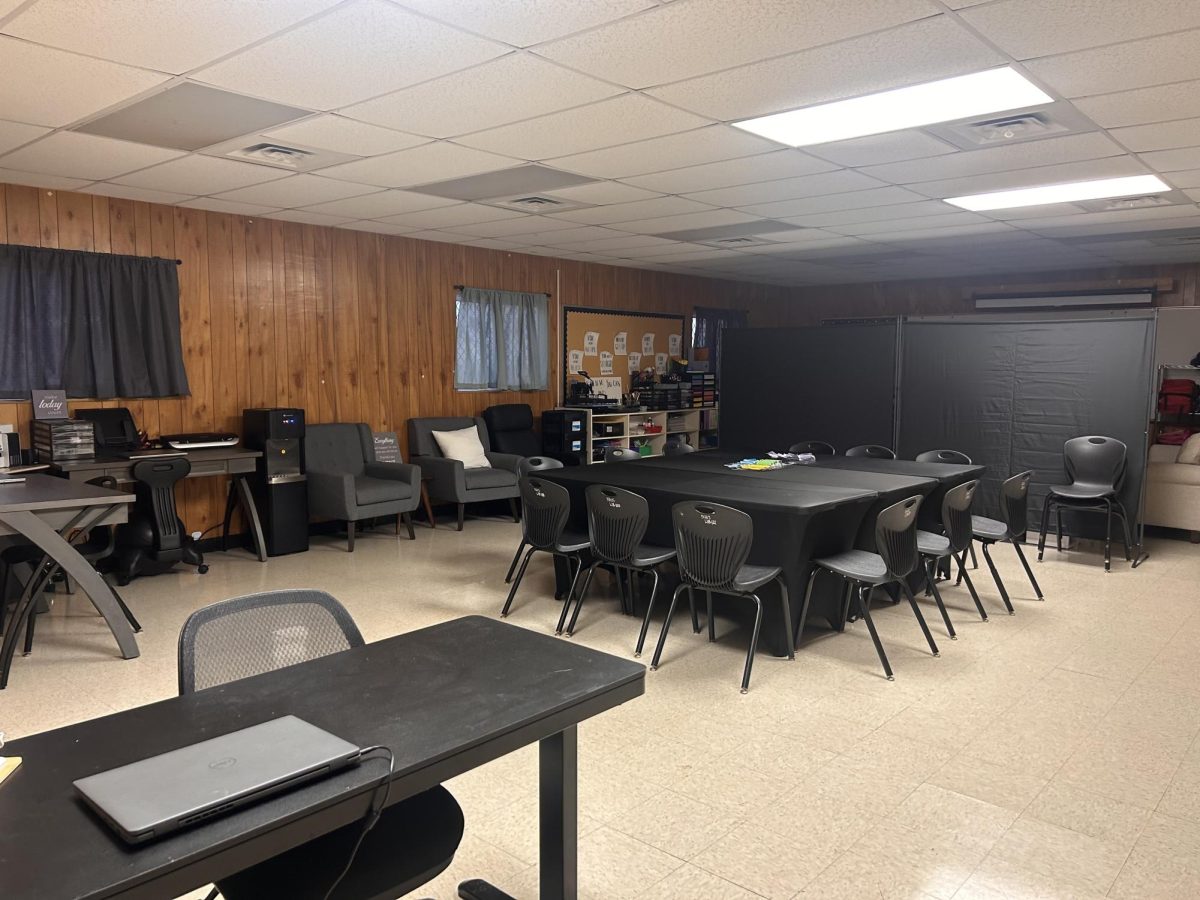This school year, Nānākuli High and Intermediate School have experienced a myriad of changes, from the ID and Cell Phone Rule to our new Bell Schedule. With new changes, like always, comes a division of opinions and experiences. This new bell schedule is exhausting for everyone involved, students and teachers alike.
The new schedule has three types of days: A, B, and B2. A Days are odd periods and B/B2 Days are even. On A and B2 Days, school gets out at 2:15 p.m; but on B Days, students leave early at 1:19 p.m. This allows time for teachers to have meetings after school.
The biggest difference between this schedule and our last one is the lack of recess, a change that was made in order to combat the number of physical altercations on campus. The idea was that with less opportunities to fight, the number of fights would decrease.
Now, that’s not to say that there are no upsides to this new, drastic change. Teachers have stated that it’s been quieter on campus since recess was removed. English Teacher Dezerae Magsayo said, “It’s taken away from fights, it’s taken away from random kids smoking and just being weird outside.” This is a good thing and shows that it was at least somewhat effective in achieving its goal.
However, the lack of recess is also the most controversial part of our bell schedule.
As a student, it’s not hard to tell that my teachers are seriously struggling without the break recess provided between classes. They’re less prepared for their next class and have little to no time to do things like use the bathroom before their next period. With the rush to get ready, I can tell that teachers are less thorough with their teaching, making the learning less impactful.
“It’s really difficult — transitioning from ELA into AP with no break in the middle is mentally and physically extremely drowning me,” said Magsayo.
It seems I’m not the only student who sees this, either.
“A lot of my teachers are a lot more stressed now that they don’t have any time to prepare. Their lessons are a lot more sloppy because they can’t reset everything in time for class to start again,” said Senior Amber-Lei Curtis. “They’re not learning as much as they should be during that class period because teachers don’t have the energy to teach as well as they can.”
Not only is there no break, but classes are also long, perhaps even excruciatingly.
Japanese Teacher Kele Roberts said, “I am exhausted at the end of every single day. Especially without a recess, that means we have to teach for about three hours straight.” The combination of long classes and no recess means that teachers and even students are exhausted by the end of class.
For students, the absence of this break means attending morning advisory, period one or two, then three or four back to back with no break. That’s 165 minutes of class with nothing but a six-minute passing time in between. It not only makes it harder to transition from one class to another mentally but also makes students more tired by the end of the day, leading to less focus in class.
Students also struggle with the decrease in passing time between classes. Last year, students were allotted seven minutes to get from class to class, but it was lowered to six with this new bell schedule. Getting from one side of the campus to the other on time for your next class is a struggle and leads to students showing up late and missing valuable class time. Some teachers even wait five minutes after the bell rings for tardy students, once again wasting class time that could otherwise be used for teaching.
It is apparent now that the thing we need to bring back is some sort of break between classes. As it stands, classes are 75 minutes long. If we were to lower it by just five minutes, we would have 15-20 minutes left over, which can be used for a 10-minute recess and/or a longer passing time between classes. This could help students get to classes on time and not feel so worn down by the end of the day, as well as give teachers more time to prepare so they can adequately teach their incoming class.
It would also mean shorter classes, which will help students feel less stressed, allowing them to focus more on their later classes. The same goes for teachers; shorter classes would be less stressful and easier for them to focus on their current class.
However, as much as we students wish we could, we do not make the decision of what our bell schedule will be. The power of changing the bell schedule falls in the hands of the teachers; they are the ones who determine whether or not to change the schedule for the next school year or to bring up minor adjustments for this school year.
For themselves, for each other, and the students, I hope that they will do so, and use their power of voice and use the process to make the necessary changes to make our school a more conducive learning environment.














